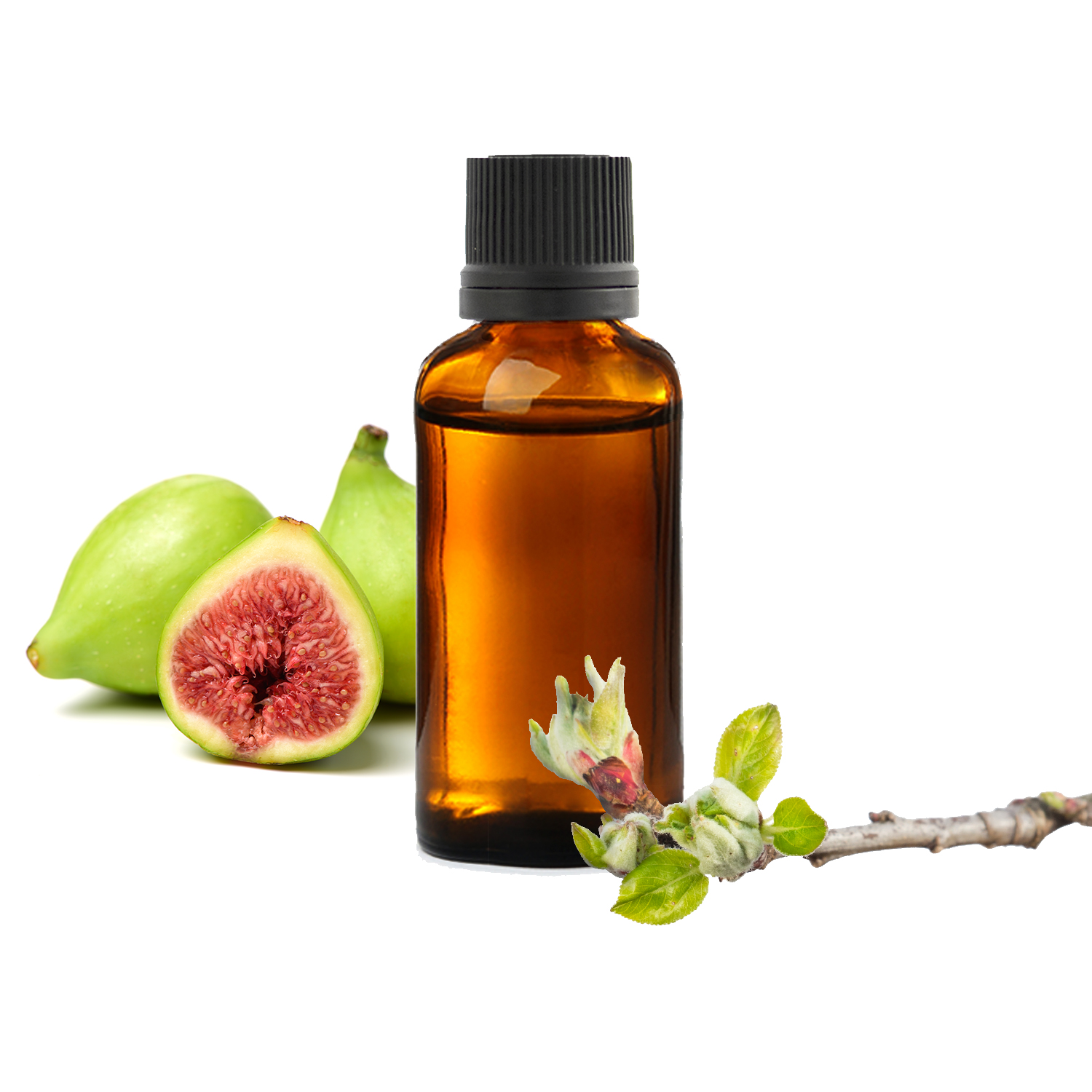
The Fig tree is a tree of the Moraceae family, growing up to 4m high, native to Western Asia. It is the remedy par excellence for the digestive system and the psychic sphere. Its bud macerate has a calming and nervous rebalancing effect, as well as a beneficial action on digestive disorders. Fig bud macerate will be very suitable for situations of stress, nervous breakdown and digestive disorders. Latin name: Ficus carica. Part used: Fresh buds
This article was updated on 19/07/2023For what problems should it be used?
-
Digestive system ++++ : Gastric acidity, Aerophagia, Bloating, Colitis, Irritable bowel, Dyspepsia, Gastritis, Crohn's disease, Gastroesophageal reflux, Digestive ulcer
-
Nervous system ++++ : Addictions, Anxiety, Anxiety, Asthenia, Depression, Fatigue, Insomnia, Motion sickness, Migraine, Nervousness, Neuralgia, Neurosis, Fear, Spasmophilia, Stress, Overwork, OCD, Concentration problems, Memory problems
-
Cardiac system +++ : Palpitations
-
Blood and lymphatic system +++ : anemia, atherosclerosis, vertigo
-
Cutaneous system ++ : abscess, acne, wart
-
Osteoarticular system ++ : Fibromyalgia, Rheumatoid arthritis
How to use it alone?
Adults and adolescents : 5 to 15 drops per day in a glass of water, divided into 1 to 3 doses during the day depending on the case, 15 minutes before a meal for 3 weeks. Start with 5 drops and increase gradually:
- or one drop per day up to 15,
- i.e. 5 drops the first week, 10 the second and 15 the last.
Children over 3 years old : 1 drop per day for 10 kilos. Start with 1 drop and gradually increase.
Synergistic uses
Insomnia
Fig Tree can be used in combination with Linden in case of insomnia. They are generally a good duo for problems of nervous origin, as they are both calming.
Palpitations
The Fig Tree calms palpitations and arrhythmia and can be used for this withHawthorn, the reference bud macerate to regulate cardiac activity.
Gastroesophageal reflux
The Fig Tree can be associated with Rosemary. The first will have an anti-inflammatory and anti-acid action while the second can be useful in cases of liver dysfunction.
Digestive ulcer
In case of digestive ulcer, Fig Tree can be used in combination withBlack alder, for its anti-infectious and anti-inflammatory properties.
Colitis
In case of colitis, the Fig tree can be used with the macerate of buds of Vine. They are both anti-inflammatory at the digestive level, and Vine acts against autoimmune diseases.
Main properties
-
regulator of the nervous system :
fig bud macerate is a great regulator of neurotransmitters. It has a regulatory action on the pituitary gland and the hypothalamus, two glands producing nervous and hormonal messengers which control the sphere of emotions. It also acts at the intestinal level, where many nervous messengers are produced and perceived. It is particularly recognized for developing, promoting and unlocking the dream function (sleep and dreams). It thus makes it possible to resolve numerous nervous problems, but also the side effects which may result from them, such as skin or cardiac manifestations for example.
-
anti-inflammatory, draining, digestive protector :
the Fig Tree, in the same way as at the nervous level, will harmonize the digestive sphere through anti-inflammatory, draining and healing effects on the intestinal mucous membranes and the stomach. It is particularly helpful when the wall of the intestine is affected, leading to intestinal hyperpermeability syndrome. Finally, it helps regulate the secretion of gastric juice. The stomach is now considered the second brain, so it is not surprising that Fig bud is as effective on the nervous system as it is on the digestive system.
Precautions for use
- Fig bud macerate is a herbal food supplement. It does not replace a varied diet and a healthy lifestyle. It is important to keep it out of the reach of children and not to exceed the recommended daily dose. Dosages must be adapted for young children.
- Fig bud macerate is authorized for the whole family, except for babies under 3 years old and pregnant women.
- Seek medical advice in case oflatex allergy, treatment anti-inflammatory, taking aspirin or other blood thinners.
- Store away from light and heat.
What does a good Fig bud macerate look like?
Botanical characteristics
- Latin name: Ficus carica L.
- Botanical family: Moraceae
- Distilled part: fresh buds
Composition
- Composition: Alcohol* 32%, Water, Vegetable glycerin*, Fig bud extract (Ficus carica L.)*.
Organoleptic characteristics
- Appearance: liquid - possible cloudiness
- Color: golden yellow, amber
- Odor: fruity, slightly alcoholic.
- Taste: fruity, sweet, alcoholic.
Was this article helpful to you?
Average grade: 4.8 ( 2465 votes)
Bibliography
Work : Piterà di Clima, F., & Nicoletti, M. (2018). Summary of gemmotherapy - Scientific foundations of Meristemotherapy. Amyris Editions.
Work : Boistard, S. (2016). Gemmotherapy - Buds for health - Practical and family guide. Terran Publishing.
Work : Andrianne, P. (2011). Treatise on gemmotherapy: Therapy using buds. Amyris Editions.
Work : Halfon, R. (2011). Gemmotherapy - Health through buds. Dangles Editions.
Work : Ledoux, F., & Guéniot, G. (2014). Phytembryotherapy: The embryo of gemmotherapy. Amyris Editions.
Work : Pineau, L. (2019). The great book of gemmotherapy. Leduc.s Éditions.


